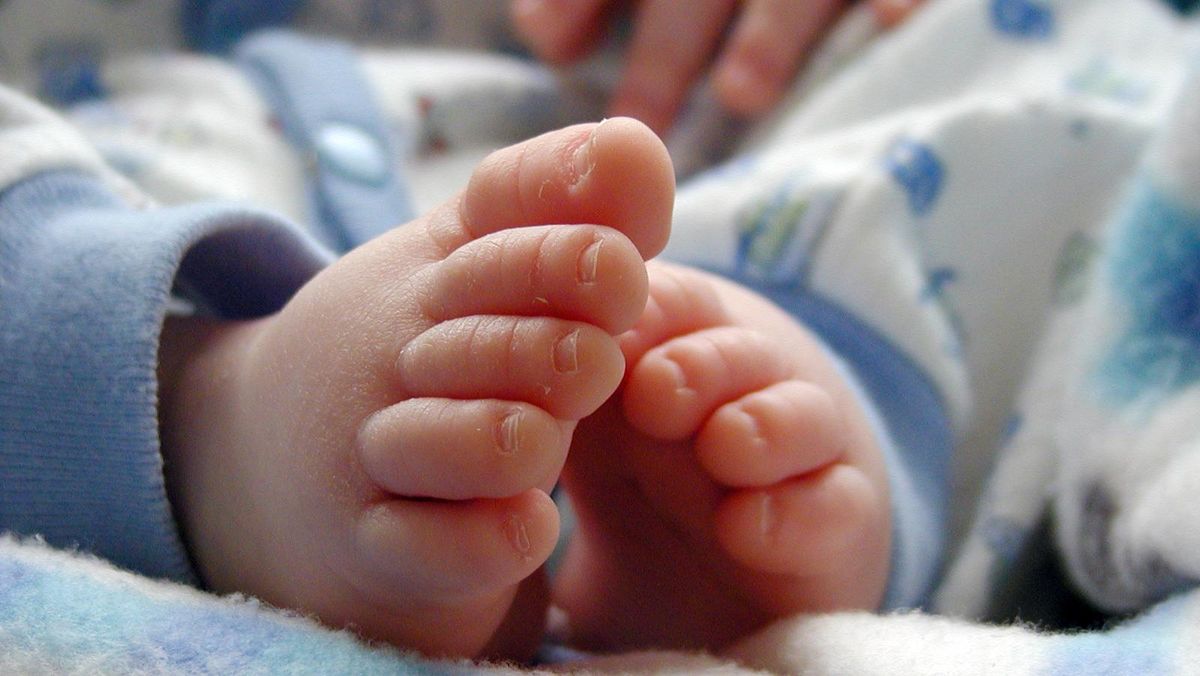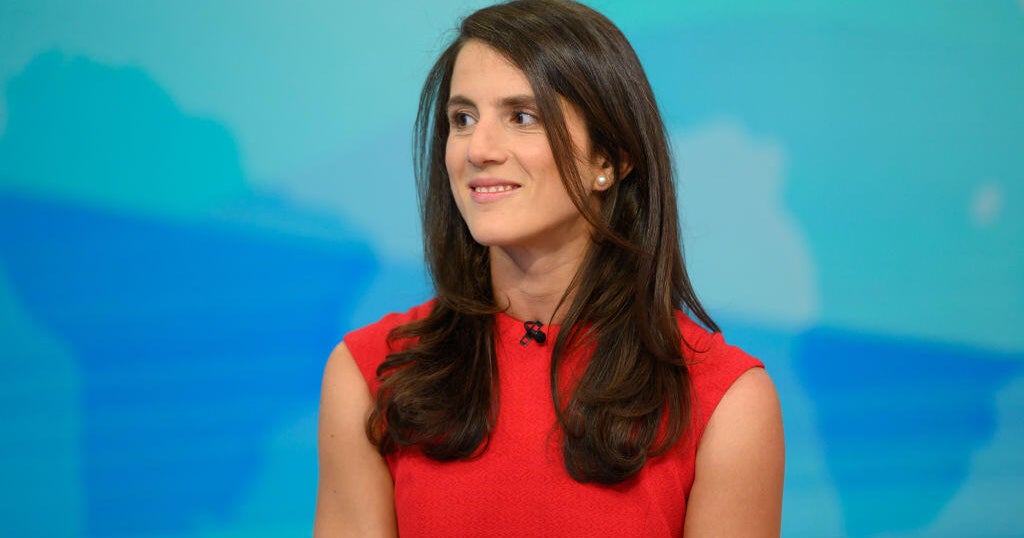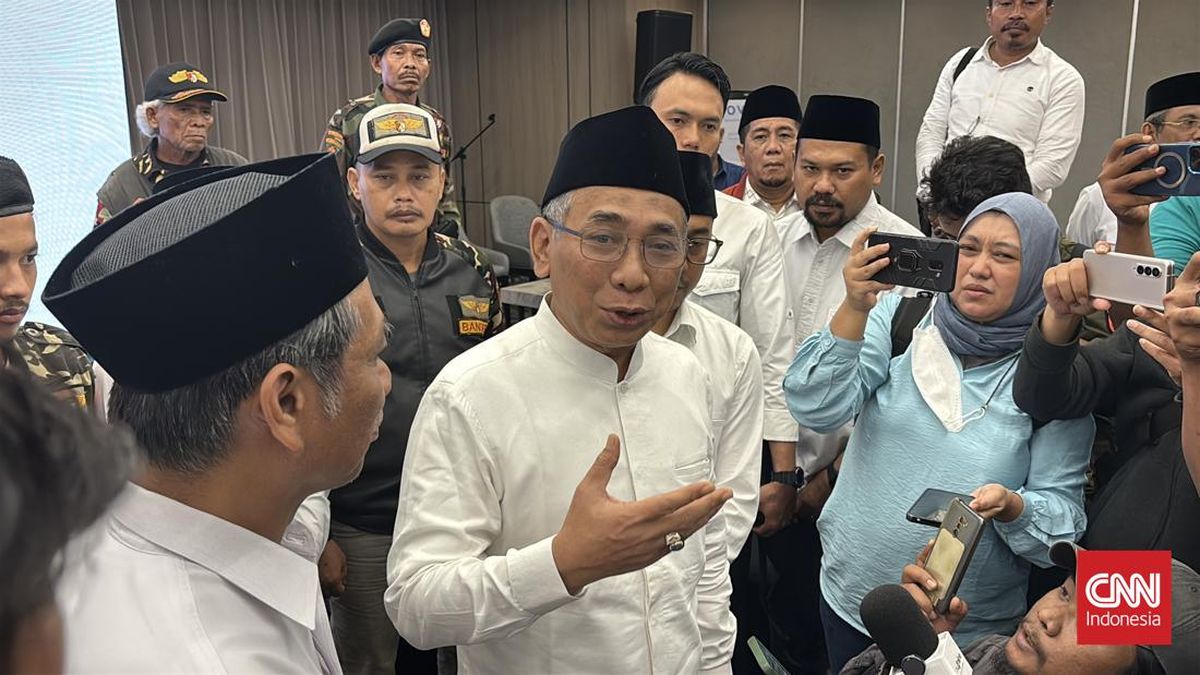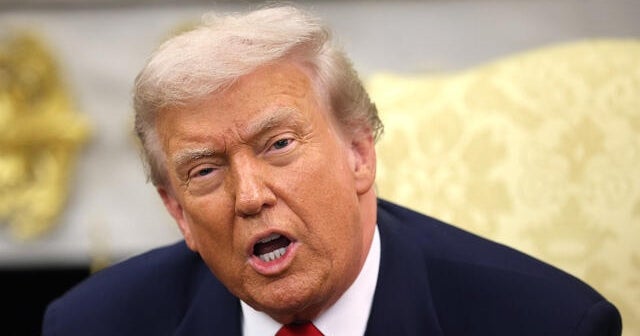Why the cost of holding an election in one Sydney council has nearly doubled
We’re sorry, this feature is currently unavailable. We’re working to restore it. Please try again later.
Councils across the state are bracing for a hefty blow to their budgets as the cost of holding local government elections soars, the bill for a council in Sydney’s south-west having jumped by more than 90 per cent.
Holding last year’s local government election cost Camden Council $957,855 – a 93 per cent increase on $496,914 in 2021. The council did not specify the reasons for the cost and said a full breakdown would be made available in October when it released its 2024-25 financial report.

The cost of administering local government elections has soared from $26 million in 2008 to $123 million in 2024.Credit: Oscar Colman
“Changes in election costs form a complex issue and depend on the services being provided. Final costs may vary from initial estimates. Significant costs will always include venues and NSW Electoral Commission staffing,” a council spokesperson said.
The cost of holding the polls statewide increased 13 per cent from $108.3 million at the 2021 local government elections to $122.8 million in 2024. Councils covered 45 per cent of the cost, while the NSW government funded 55 per cent.
According to the NSW Electoral Commission, the independent statutory authority that administers public funding of elections, increased costs associated with venue hire, staffing and logistics, among others, have inflated election bills. There were more than 19,000 staff working across the hundreds of pre-poll and election day polling places at last year’s local government elections.
One explanation for inflated costs put forward by Local Government NSW, the peak body for local councils in the state, is that the Department of Education has increased rental costs for the use of school halls as voting booths.
Some councils have since opted out of letting the NSW Electoral Commission administer elections, instead choosing alternative private providers.
Since the option became available in 2011, the number of councils using this option has dwindled. At the 2012 elections, 14 councils used a private provider, whereas only two councils – Liverpool and Fairfield – used a private provider at the 2021 and 2024 elections.
The intention behind allowing councils to contract private election companies was to decrease costs by increasing competition. If passed, a bill in NSW parliament would scrap the ability of councils to engage private election providers.
Loading
A spokesperson for Local Government Minister Ron Hoenig said in a statement: “The cost savings promised by the previous government when they allowed councils to use a private provider to run their elections have failed to materialise. Private providers haven’t made elections any cheaper. In fact, costs have increased significantly.”
The Independent Pricing and Regulatory Tribunal (IPART) sets a “rate peg” for each council in NSW, which is the maximum annual increase that local councils can levy rate payers. Recent rate peg determinations have factored in rising election costs, allowing councils to offset this with rate increases of up to 0.8 per cent.
Start the day with a summary of the day’s most important and interesting stories, analysis and insights. Sign up for our Morning Edition newsletter.
Most Viewed in National
Loading


















































